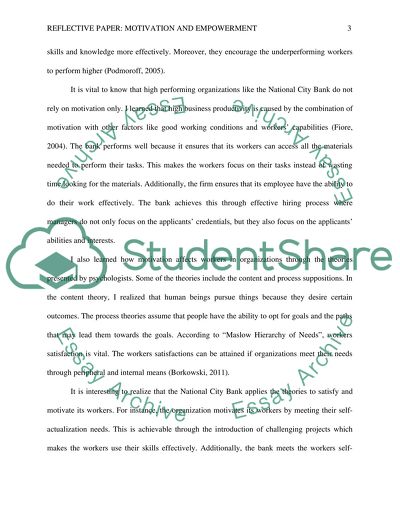Cite this document
(“Reflective journal Essay Example | Topics and Well Written Essays - 1500 words”, n.d.)
Reflective journal Essay Example | Topics and Well Written Essays - 1500 words. Retrieved from https://studentshare.org/other/1400580-reflective-journal
Reflective journal Essay Example | Topics and Well Written Essays - 1500 words. Retrieved from https://studentshare.org/other/1400580-reflective-journal
(Reflective Journal Essay Example | Topics and Well Written Essays - 1500 Words)
Reflective Journal Essay Example | Topics and Well Written Essays - 1500 Words. https://studentshare.org/other/1400580-reflective-journal.
Reflective Journal Essay Example | Topics and Well Written Essays - 1500 Words. https://studentshare.org/other/1400580-reflective-journal.
“Reflective Journal Essay Example | Topics and Well Written Essays - 1500 Words”, n.d. https://studentshare.org/other/1400580-reflective-journal.


